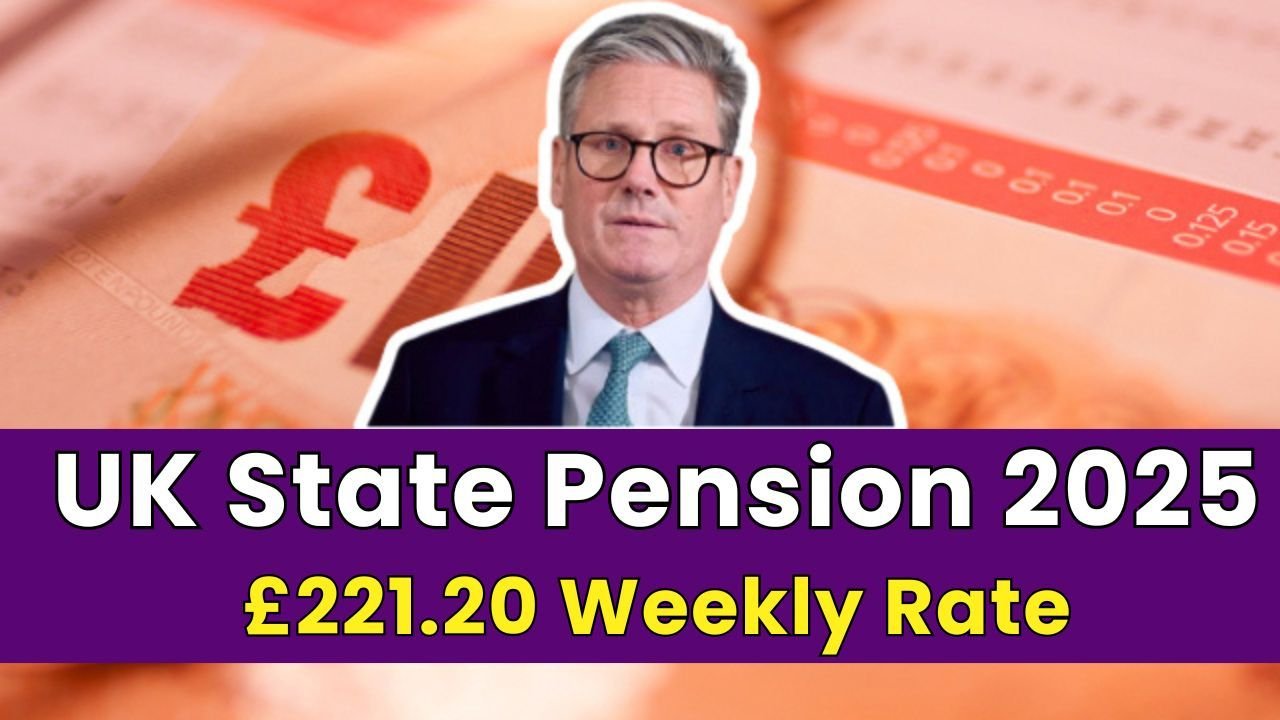The UK Government has declared an increase in the State Pension with a rate of 4.1% effective from April 2025. It is aimed at helping pensioners maintain their purchasing power in line with the rise cost of living. This guide contains everything that pertains to the changes as well as ways to verify your new amount of payment.
Understanding State Pension Increase
The public pension is increased using the ‘triple lock’ method, which ensures that there are annual increases either through average earnings increases across the country, increases based on inflation as measured by the changes in Consumer Prices Index-CPI in the rise of cost of living, or such increases would be below a fixed rate of 2.5%. This is the case in the increase of 4.1% for the financial year 2025/26 in consideration of average earnings growth since that period.
New State Pension Rates from April 2025
The new weekly rates, depending on when you reached the State Pension age, are: The New State Pension will rise from £221.20 to £230.25 a week for those who reached pension age after April 2016; Basic State Pension will advance from £169.50 to £176.45 per week for persons who attained this milestone before April 2016.
Annual Payment Overview
The New State Pension total annual payment will change from 11,502 to 11,975.60, with an increase of 473.60. The total annual amount of the Basic State Pension will increase from £8,814 to £9,175.40, amounting to an increase of £361.40.
How to Check Your New Payment Amount
Using the online State Pension forecast tool on the UK Government’s official website is a way to check what your updated State Pension would be. This tool would forecast how much pension one would receive based on National Insurance contributions. So you have to pay your National Insurance contribution without any gaps, because any gaps may deprive you of the full pension amount. You may check online what your record is and consider voluntary contributions to make up for missing months. The DWP sends annual letters concerning changes in your pension entitlement, so always keep your contact details updated.
Additional Considerations
If you live on a low income, you may be eligible for Pension Credit; this is a benefit that enters a top-up of your weekly income. It is estimated that many eligible pensioners do not register for this benefit, thereby missing a lot of financial support. Since the Personal Allowance is currently at £12,570, the increasing State Pension has brought some pensioners close to that threshold. If the total annual amount exceeds that allowance, you are going to face an income tax liability at the final end.
Conclusion
The 4.1% increase in State Pension is regarded as part of the government’s commitment to supporting pensioners in the wake of major changes in the economy. You, therefore, need to know the new rates and check entitlements proactively to ensure that the right amount has been assigned to you, while also finding out if further benefits are available.




